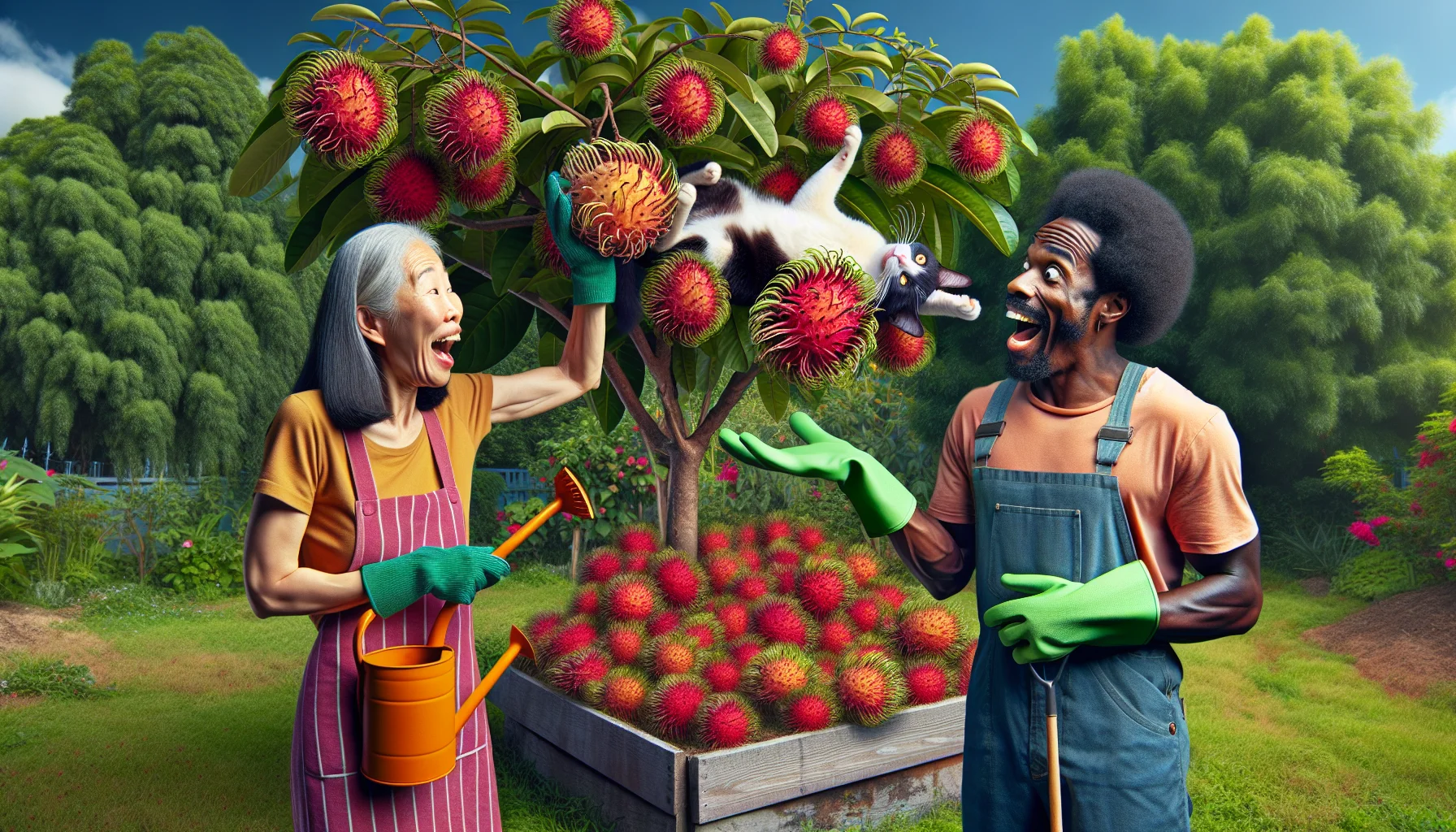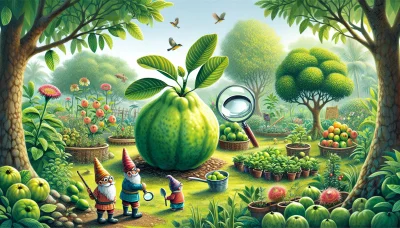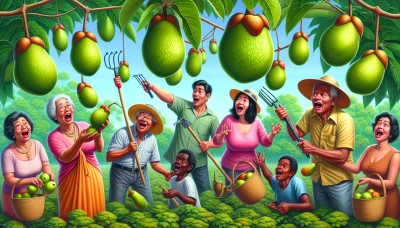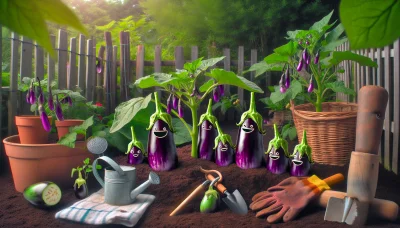Rambutan flavor Quiz
Test Your Knowledge
Question of
Exploring the Unique Flavor of Rambutan
Rambutan is a tropical fruit known for its unique appearance and delightful taste, native to Southeast Asia. It is closely related to other exotic fruits like lychee and longan. Rambutan trees thrive in the humid climates of countries such as Malaysia, Indonesia, Thailand, and the Philippines, where they are widely cultivated and consumed. The fruit itself is oval-shaped and features a hairy exterior, which ranges in color from green to red depending on its ripeness. Its flesh is translucent white, juicy, and sweet with a slightly creamy texture, encasing a single inedible seed. Rambutan's distinct flavor and nutritional benefits have made it a favorite among fruit lovers around the world.
The Taste Profile of Rambutan
Rambutan, a unique and exotic fruit, is often compared to lychee and longan for its juicy and sweet taste. The flavor of rambutan is a delightful blend of sweetness with a slight floral undertone, which sets it apart from its tropical counterparts. In terms of texture, the flesh of rambutan is tender and juicy, resembling grapes but with a firmer bite. Its aroma is mildly fragrant, not as pronounced as some other tropical fruits, but inviting and subtly sweet. When compared to fruits like mango or pineapple, rambutan offers a less acidic and more refreshing experience, making it a favored choice for those seeking a mild yet satisfying tropical treat.
Growing Rambutan: Conditions and Care
Rambutan trees thrive in tropical climates where the temperature is consistently warm, ideally between 22 to 30 degrees Celsius. They require high humidity and well-distributed rainfall throughout the year, with a preference for areas that receive at least 2000 mm of rain annually. The soil should be deep, rich, and fertile, with good drainage to prevent waterlogging. Loamy soils with a slight acidity to neutral pH are considered best for rambutan cultivation. Regular watering is crucial, especially during dry periods, to maintain the moisture level that these trees need to produce fruit.
Harvesting and Storing Rambutan
Rambutan, a tropical fruit known for its hairy appearance, requires careful handling during harvesting and storage to maintain its unique flavor and freshness. To properly harvest rambutan, wait until the fruit's skin turns a vibrant red or yellow, indicating ripeness. Gently twist the fruit off the branch, ensuring not to damage the stem or the fruit itself. For storing rambutans, place them in a perforated plastic bag and store in the refrigerator. This method helps in maintaining their freshness for up to two weeks. Avoid washing the fruits before storage to prevent moisture accumulation, which can lead to spoilage. If you wish to enjoy rambutan at its peak flavor, consume it within a few days of harvesting.
Nutritional Benefits of Rambutan
Rambutan, a tropical fruit known for its unique appearance and sweet taste, is not just a delicious snack but also a powerhouse of nutrition. This fruit is packed with essential vitamins and minerals that contribute to overall health and well-being. One of the standout features of rambutan is its high vitamin C content, which is crucial for immune system support, skin health, and the absorption of iron from plant-based foods. Additionally, rambutan provides a good amount of fiber, which aids in digestion and promotes a feeling of fullness, potentially aiding in weight management. The fruit is also a source of iron, which is necessary for the production of red blood cells and the prevention of anemia. Moreover, rambutan contains smaller amounts of calcium, phosphorus, and potassium, which are vital for bone health, kidney function, and heart health, respectively. Including rambutan in your diet can offer a refreshing and tasty way to enhance your nutritional intake and enjoy the benefits of these essential vitamins and minerals.
Culinary Uses of Rambutan
- Rambutan Fruit Salad - A refreshing mix of rambutan, mango, and pineapple, dressed with lime and a hint of mint.
- Spicy Rambutan Salsa - A unique twist on salsa, combining rambutan with tomatoes, onions, cilantro, and jalapeños for a sweet and spicy dip.
- Rambutan Smoothie - Blend rambutan with banana, yogurt, and a touch of honey for a creamy, tropical smoothie.
- Grilled Rambutan Skewers - Alternate rambutan with shrimp or chicken, bell peppers, and onions, then grill for a savory and sweet skewer.
- Rambutan Curry - Incorporate rambutan into a coconut milk-based curry with chicken or tofu and vegetables for a sweet contrast to the spices.
- Rambutan and Cream Cheese Tart - A dessert tart with a creamy rambutan and cream cheese filling, topped with fresh rambutan halves.
- Rambutan Chutney - A spicy and sweet chutney made with rambutan, ginger, vinegar, and chillies, perfect as a condiment for grilled meats.
- Rambutan Stuffed with Pineapple Rice - Hollow out rambutan and stuff with a mixture of cooked rice, pineapple chunks, and spices for a unique appetizer.
Challenges in Rambutan Cultivation
Rambutan trees, while known for their juicy and nutritious fruit, are susceptible to a range of pests and diseases that can hinder their growth and fruit production. Common pests include fruit flies, which lay their eggs under the skin of the fruit, and rambutan seed borers, which affect the seeds and can lead to premature fruit drop. Diseases such as anthracnose, caused by fungal pathogens, can lead to fruit rot and leaf spot, significantly impacting yield. Gardeners can manage these issues through integrated pest management strategies such as regular monitoring of the trees, maintaining cleanliness around the orchard to reduce disease spread, and using organic pesticides when necessary. Additionally, ensuring proper nutrition and water for the trees can help in building resistance against pests and diseases, leading to a healthy and bountiful harvest.












